It’s summertime and thousands of Americans are heading to the great outdoors to discover the wonders of nature. In this article, we will unveil the ten most dangerous National Parks in America, presenting you with a combination of informative facts, intriguing figures, and a dash of common sense.
Interestingly, according to NPR, a quarter of American adults claim to live in constant fear of potential attacks within their own neighborhoods, so there’s that…
National Park Service Reports 3,020 Deaths
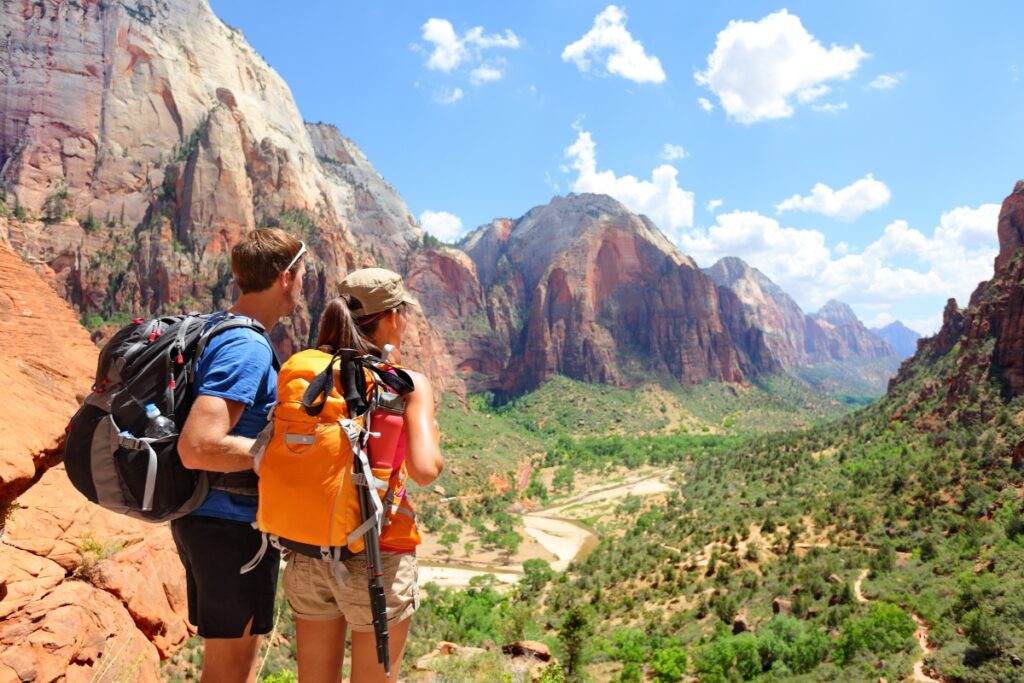
Research shows that 1 in 10 American adults and 1 in 5 teenagers will deal with a specific phobia disorder at some point in their lives. Many people are afraid of National Parks, which is understandable since the National Park service reports that 3,020 deaths were recorded in NPS units between 2007 and 2020. We’ll dig just a little deeper into why and where these deaths occurred to help you ground your fears.
Denali National Park
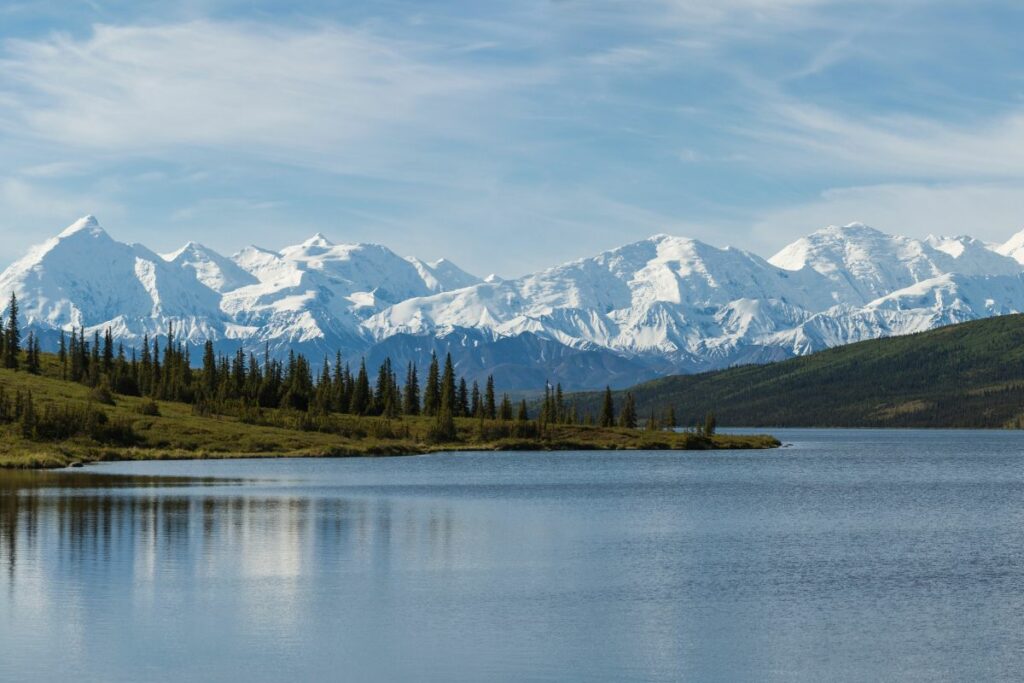
Denali National Park has the highest mountain in North America and is home to 7,408 mi² of remote wilderness filled with grizzly bears and bitter cold winters. Not surprisingly, it tops our list of the deadliest National Parks. It’s where mountain climbers go to challenge the wild, and some lose. Backpacker magazine says “Going by its per-capita death rate, Denali (9.8 DPM) is by far the most dangerous national park—ten times more so than Great Smoky Mountains, which sees less than one death per million visitors (DPM).”
North Cascades National Park
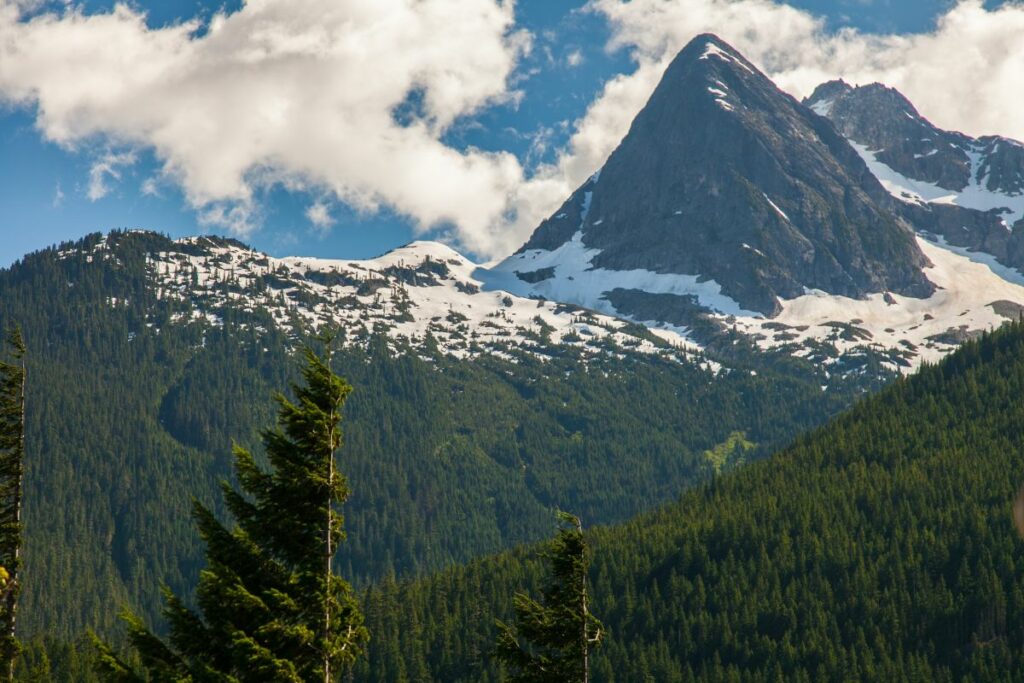
National Park data from the last decade indicates North Cascades National Park has the highest fatality rate of any National Park. It depends on how one defines a “visitor”, but the danger is real. The North Cascades are a training ground for many climbers, which means their skills aren’t fully honed. It’s also more accessible than Denali, so it lacks the physical and financial barriers to entry that keep the inexperienced and unprepared from getting in over their heads compared to Denali.
Lake Mead National Recreation Area
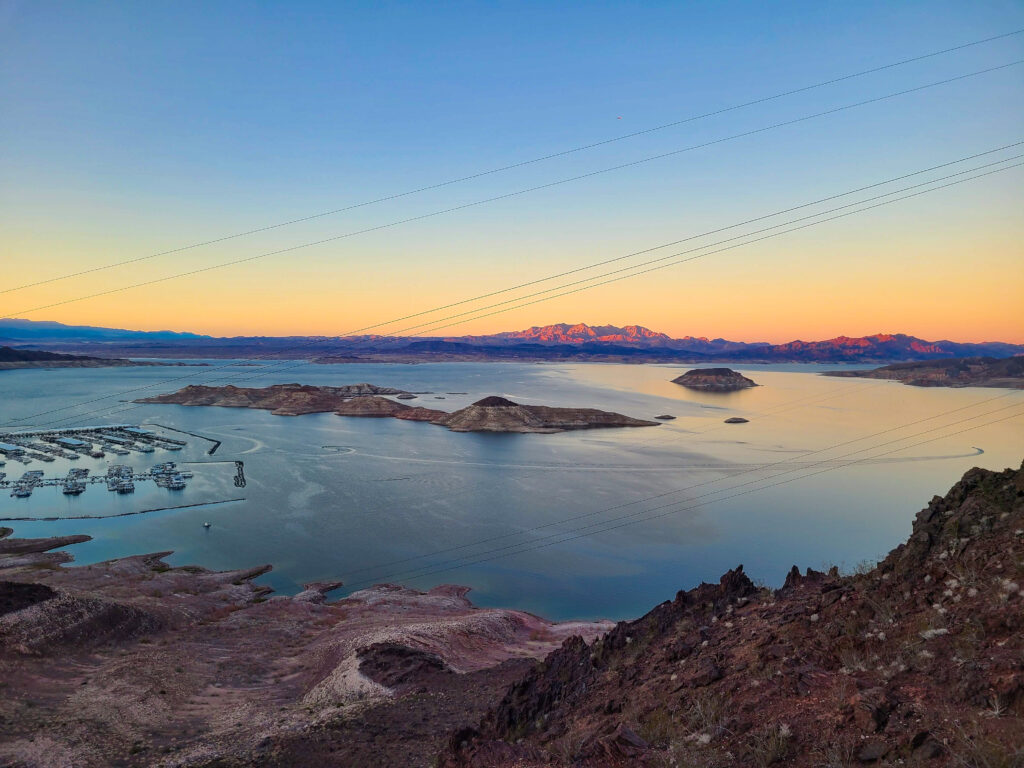
Lake Mead National Recreation area tops other lists that aggregate the most fatalities. More people are killed on Lake Mead by boat than climbing mountains in Alaska. National Park Service data [NPSD] show that 145 people died on Lake Mead from 2014 to 2021, 47 of them by drowning. Lake Mead spokeswoman Christie Vanover says only a small percentage of drownings — and fatalities in general — seem to involve alcohol. Weather, particularly wind, tends to be a much bigger factor.
Grand Canyon National Park
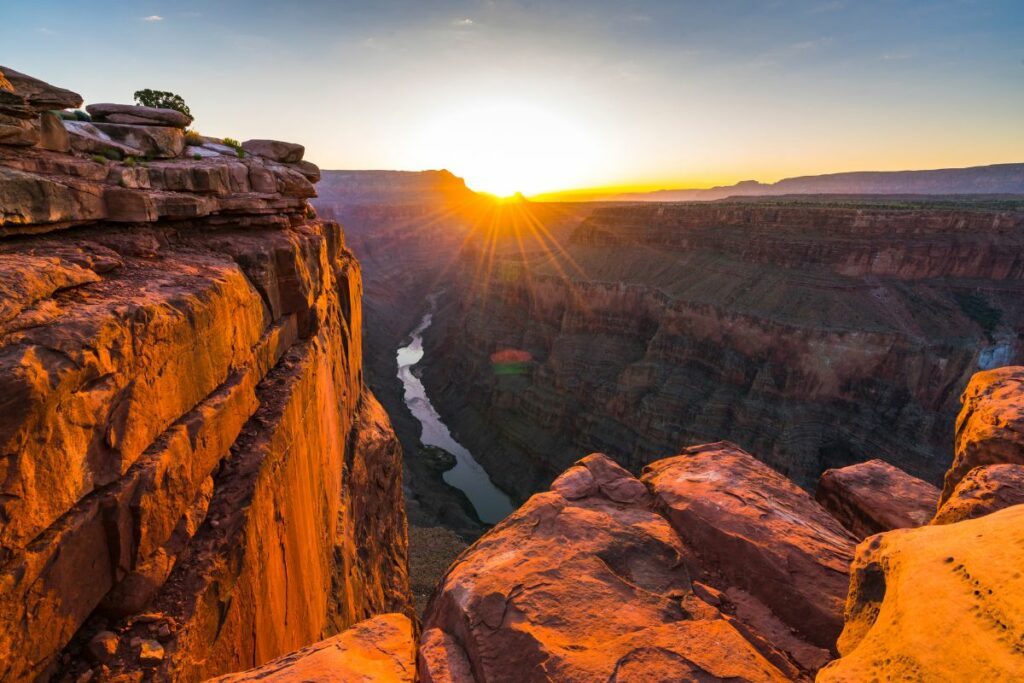
The Grand Canyon has a deadly combination of extreme heat in the interior and steep cliffs on the rim. What’s scarier is that Grand Canyon hikes start at the top, so exhausted and thirsty hikers must head uphill to return during the hottest part of the day. NPSD data show that there have been 97 fatalities on the Grand Canyon from 2014 to 2021. The DPM could be much higher, but most of the canyon’s visitors heed the park’s warning and stay close to the rim. Few people venture into the depths of the canyon because it requires a highly restrictive permit to secure a campsite.
Yosemite National Park
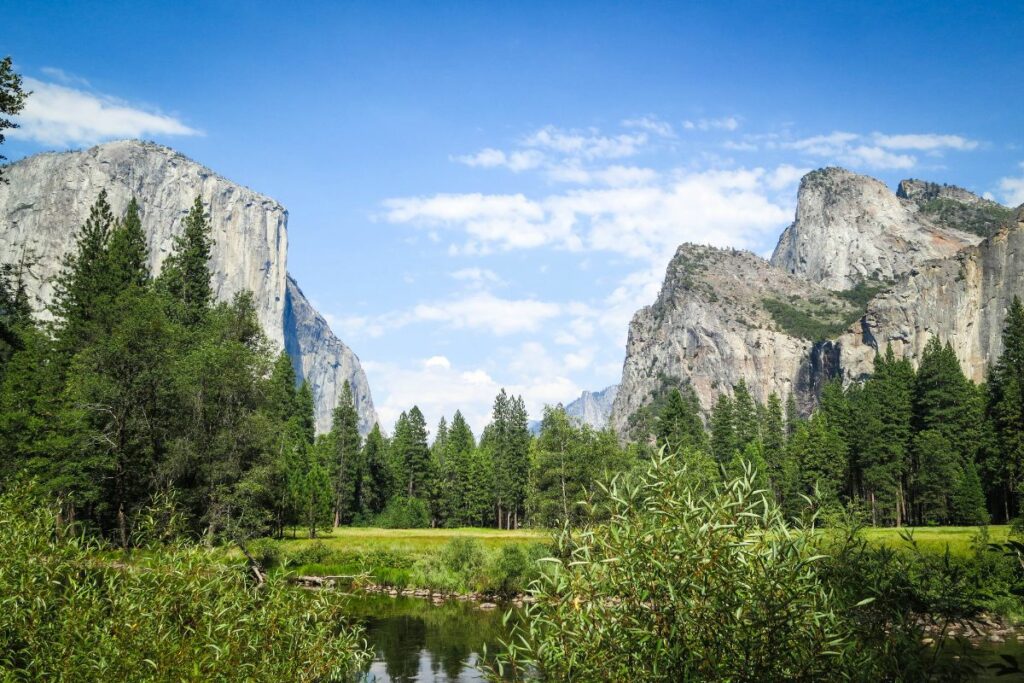
Recent data suggest Yosemite has overtaken the Grand Canyon in annual fatalities, despite receiving far fewer visitors. The difference is the park’s famous granite domes and sheer cliffs that make Yosemite a popular destination for rock climbers. An estimated 2.5 climbers die every year, which works out to about 20 climbing deaths over the 2014-2021 NPSD study period. That’s enough to push Yosemite ahead of the Grand Canyon, but the park receives 25,000 to 50,000 climber-days annually, so take that number with a grain of salt.
Big Bend National Park
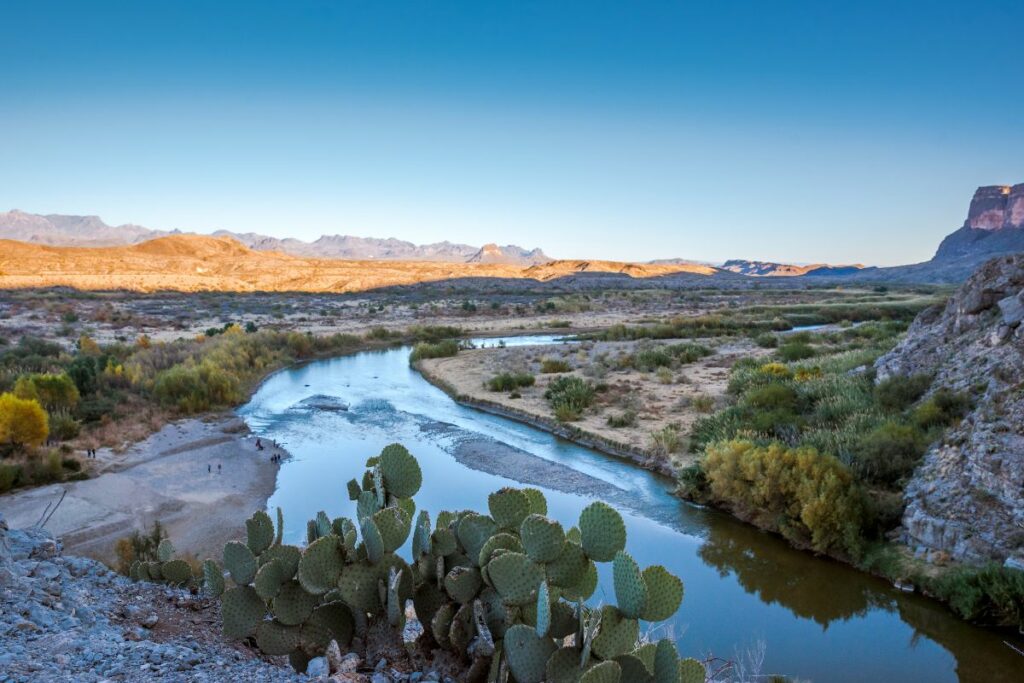
Big Bend National Park has a notorious reputation for being the most dangerous national park in America. With its massive weather swings and isolated location in west Texas, it’s easy to see why. What’s more, there’s a raging river that runs through the park. Santa Elena Canyon was the last major canyon to be explored by the United States. Robert Hill made the first exploration of the canyon in 1899, 30 years after John Wesley Powell rafted through the Grand Canyon. Big Bend National Park is one of the most remote wilderness areas in the lower 48 states.
Great Smoky Mountains National Park
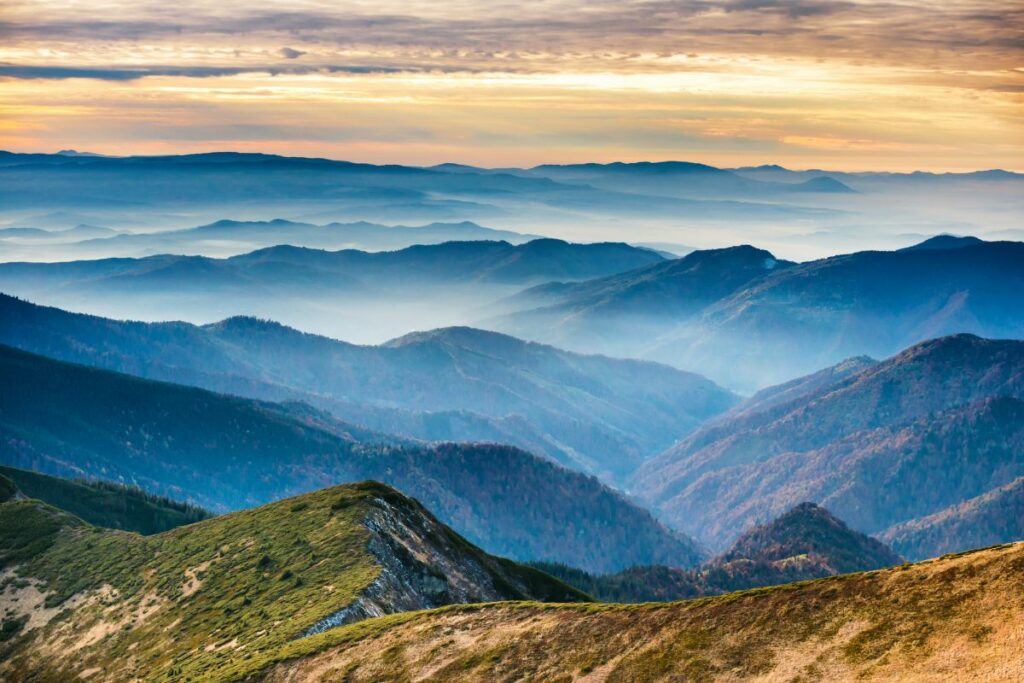
If you’re reading this article and haven’t watched Cocaine Bear yet, I have a movie suggestion for you. It’s a campy horror/comedy (very) loosely based on the real-life story about an “apex predator high on cocaine” that rips people limb from limb in the Great Smoky Mountains. In real life, the park is famous for bear sightings, but only two bear-related human fatalities have been reported inside Great Smoky Mountains National Park – ever. It’s not the bears, it’s the 384 miles of road in the park that are the real danger. In the Smokies, crashes accounted for 43.6% between 2007 and 2020, with medical deaths (e.g. heart attacks) being a distant second cause of death at 14.9%.
Redwood National Park
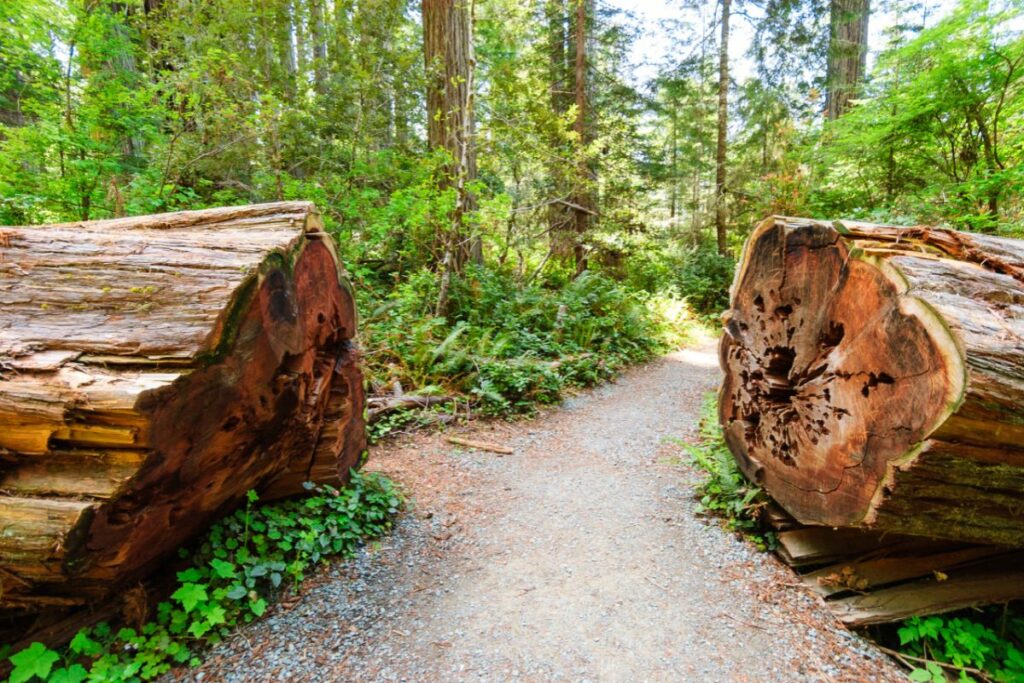
The redwoods are the tallest living things, and reputedly home to a legendary ape-like creature Bigfoot. Of course, if the humanoids were killing hikers in the park, they would have been spotted by now right? Hulu’s three-part docuseries Sasquatch investigates a series of gruesome murders attributed to Bigfoot, but finds a violent underworld of cannabis growers fighting for territory. It turns out neither Bigfoot nor drug lords are what make Redwood National Park so deadly. Approximately a third of all fatalities in the park are caused by crashes, with the famous Avenue of the Giants being a major tourist attraction.
Death Valley National Park

Of course Death Valley is dangerous… It’s in the name right? It’s the hottest and lowest place in the US. Badwater Basin, 282‘ below sea level, is so dry that visitors often mistake the thick layer of salt on the valley floor for snow. You might see a trend here, but again traffic fatality is the leading cause of death in the park. The roads in Death Valley are particularly treacherous with drivers suffering eye strain from the glare of the sun and long, monotonous sections. Another compounding factor is the sheer desolation of the park resulting in slower response time and increased fatalities.
Natchez Trace Parkway
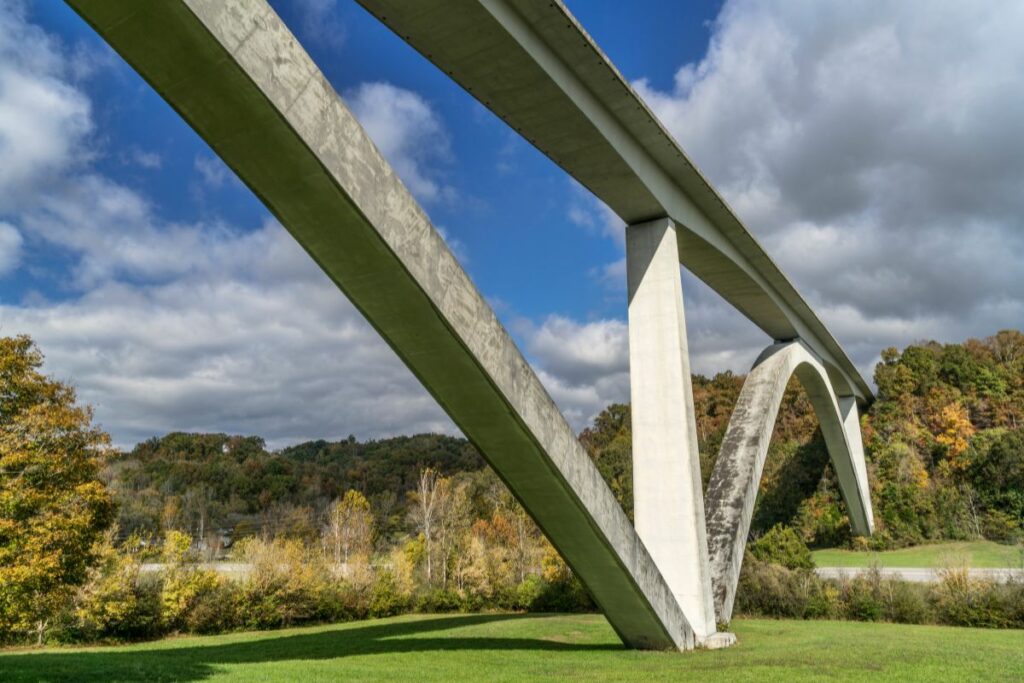
From the last couple of entries you can probably guess where this is going. The most dangerous part of the Parkway is the parkway itself. It’s a meandering roadway that goes through some of the most scenic parts of the south, but you’re still in a moving vehicle going at 45 miles per hour. Driving is intrinsically dangerous, so any park with a significant amount of traffic is going to have a certain number of fatalities.
Steps to Stay Safe While Visiting National Parks

Dangerous activities like mountaineering, rock climbing, boating, and hiking in extreme weather conditions are also contributors to National Park fatalities. If you’re heading to National Parks this year, take a little extra time to research and plan your trip. Be safe and follow park rules, including rules of the road. Also, be kind to yourself. Going out into the wilderness can be exhausting, and many accidents arise from compounding factors of exhaustion and poor judgment.
Like it? Pin it for later on Pinterest!
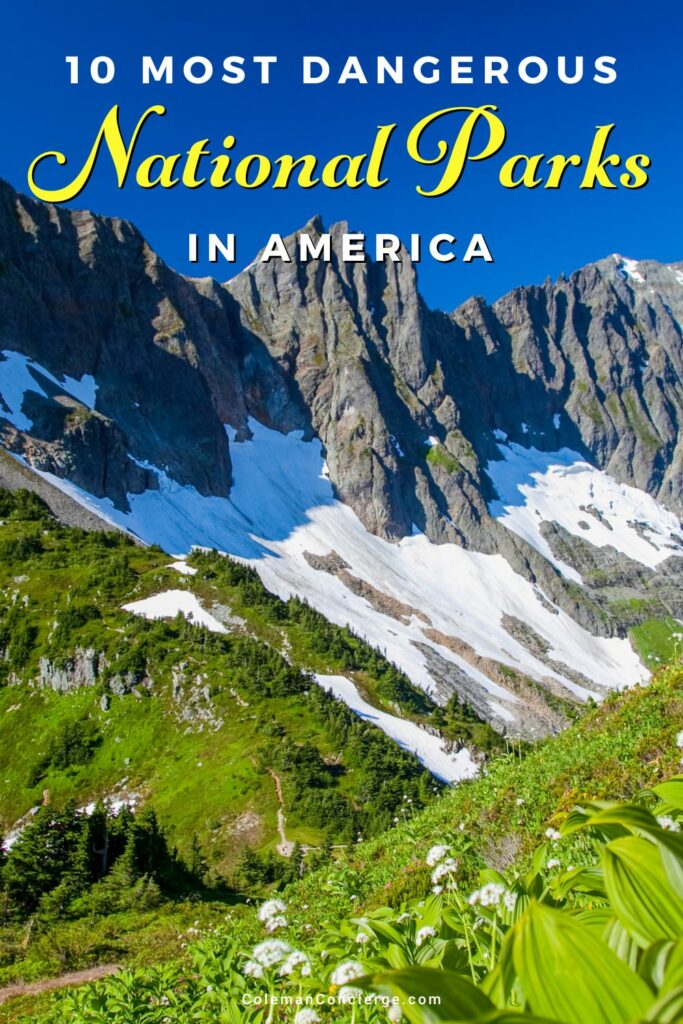

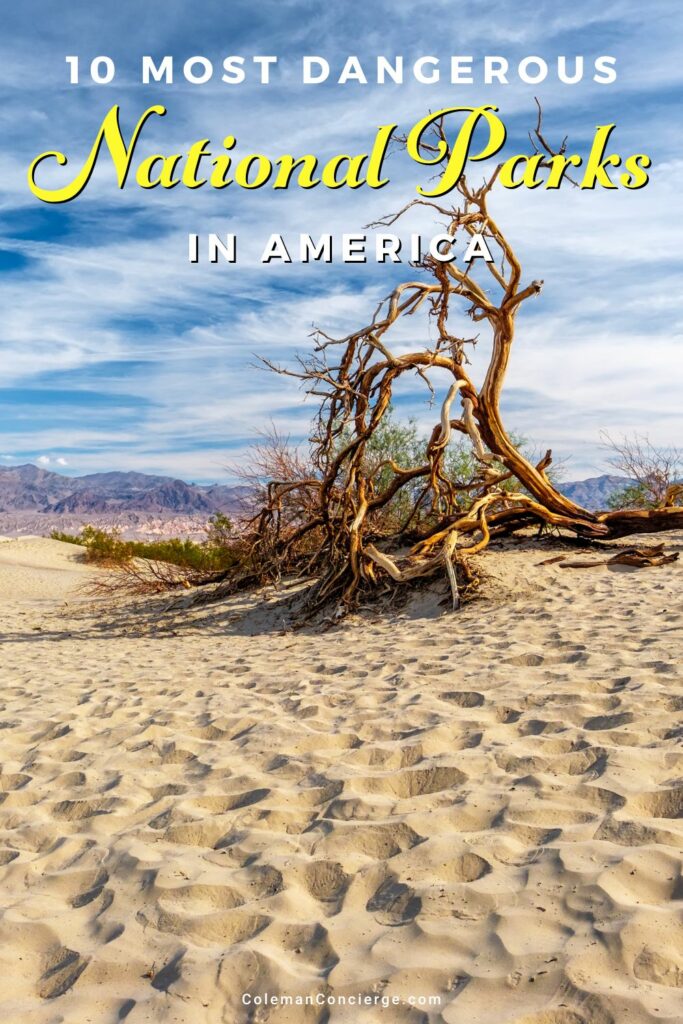
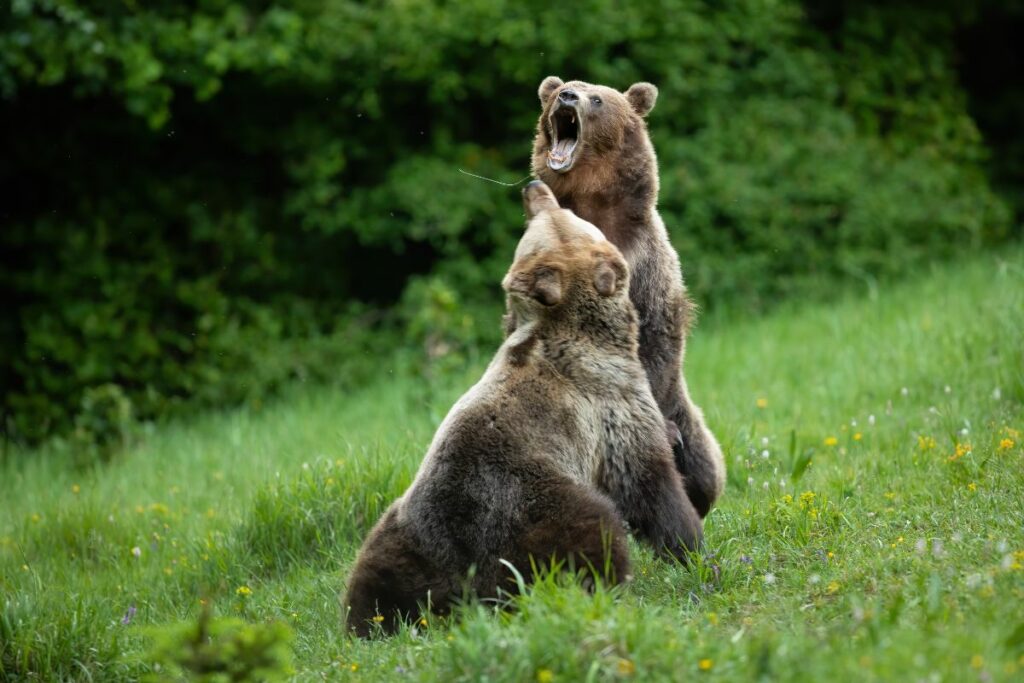
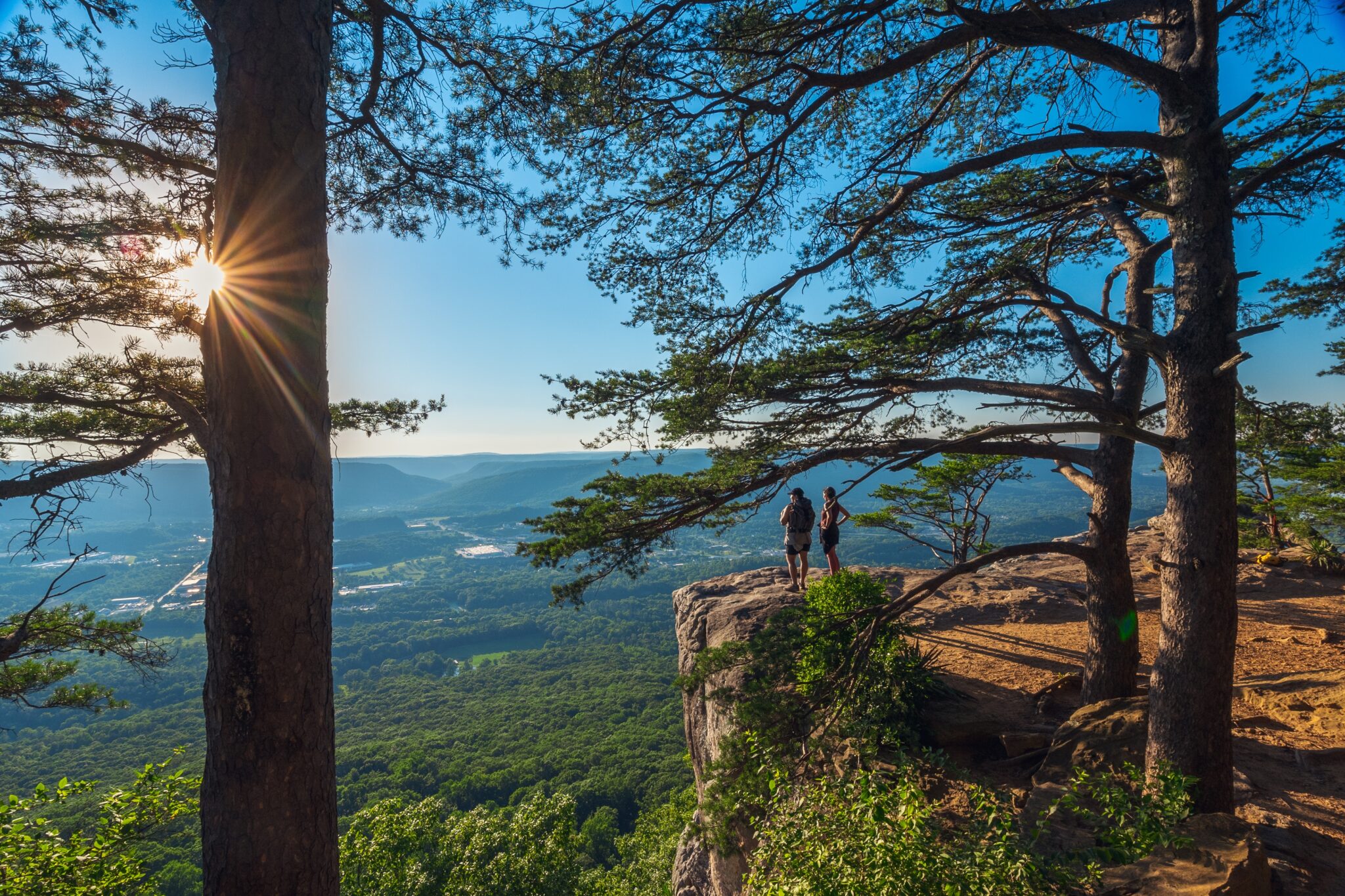
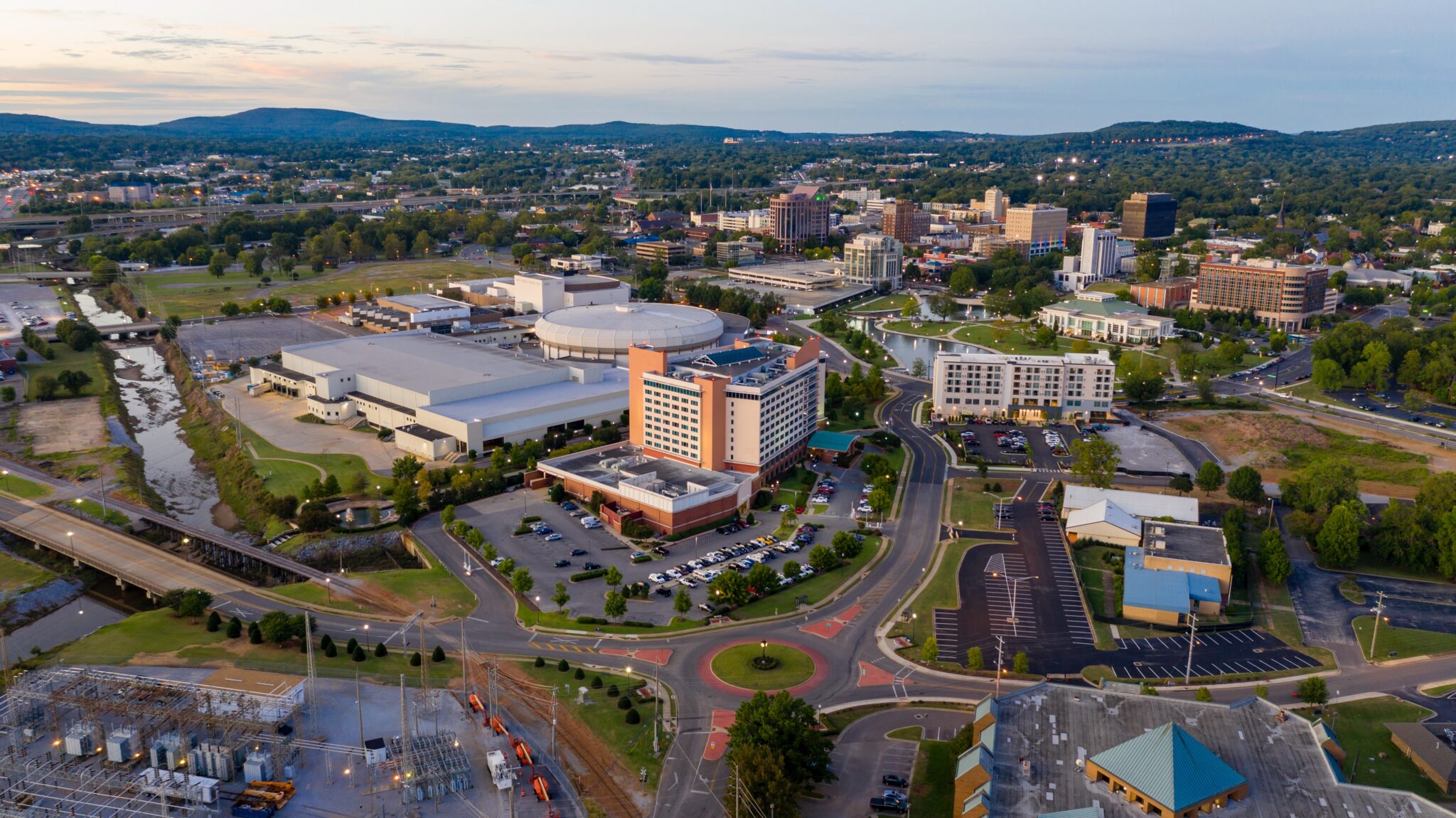
 Hi! We are Jenn and Ed Coleman, and together we are Coleman Concierge. It is our goal to inspire you to get out, expand your world, and to seek adventure, even in your own backyard.
Hi! We are Jenn and Ed Coleman, and together we are Coleman Concierge. It is our goal to inspire you to get out, expand your world, and to seek adventure, even in your own backyard.

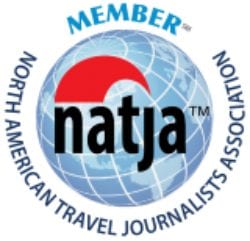
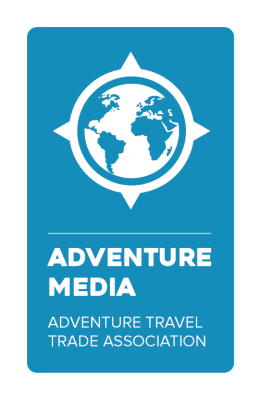
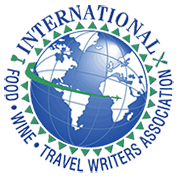
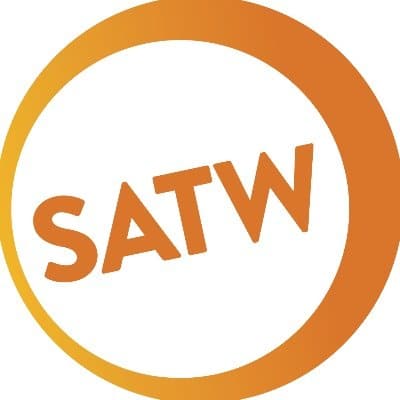

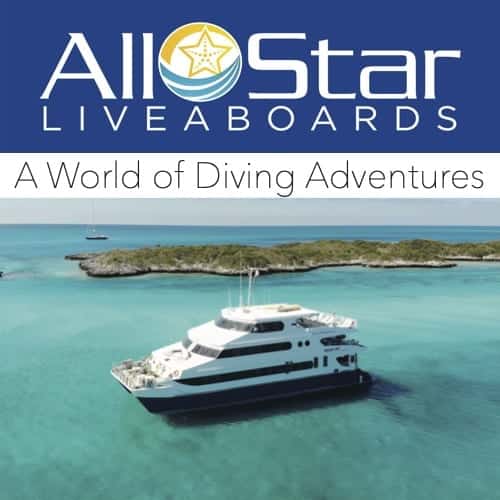






5 Responses
The article on Coleman Concierge highlighting the most dangerous national parks is a fascinating and thought-provoking read. It sheds light on the inherent risks and challenges that can be encountered in these natural landscapes, reminding us to approach them with caution and respect. The writer provides valuable insights into the potential hazards and safety precautions to consider when visiting these parks. It serves as a reminder that while national parks offer breathtaking beauty and adventure, they also demand preparation, awareness, and responsible exploration. This article is an important resource for outdoor enthusiasts and travelers who wish to make informed decisions and prioritize safety during their national park visits.
Thanks so much for your kind words!
Oh, Man! Who would think to die in a place like this…If only visitors take the safety precautions.
People have a tendency to think animals are friendly and can be approached and even fed and petted. These are WILD animals folks!!! Listen to the parks and to people who know!!! Respect your environment. That way your experience will become a wonderful memory! Use your camera at a distance (or get a long zoom lens). My husband and I travel to many national parks, but always observe the rules and restrictions. We speak to the park rangers and they are always more than happy to give advice to help enjoy your time at the park. We see wildlife as it should be, in the wild.
Sage advice Robyn, we couldn’t agree more! Thank you for taking the time to read and comment!